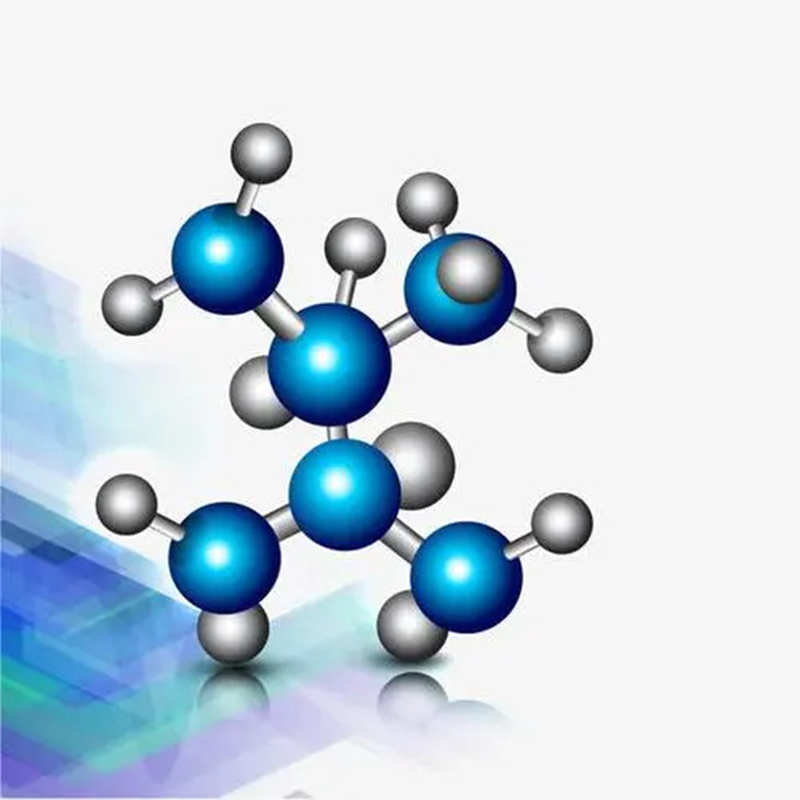
Email format error
Email cannot be empty
Email already exists
6-20 characters(letters plus numbers only)
The password is inconsistent
Email format error
Email cannot be empty
Email does not exist
6-20 characters(letters plus numbers only)
The password is inconsistent


In the world of industrial design and engineering, choosing the right material can make or break a product's performance. Among the advanced polymer options on the market today, PDCPD material—short for Polydicyclopentadiene—is gaining significant attention for its unique blend of strength, chemical resistance, and design flexibility.
This article will walk you through what PDCPD is, its key properties, advantages over traditional plastics and metals, and how it’s being used across industries like automotive, agriculture, and heavy equipment. If you're looking for a high-performance alternative for complex or high-impact parts, understanding PDCPD material is essential.
PDCPD (Polydicyclopentadiene) is a thermoset polymer formed through a chemical process known as ring-opening metathesis polymerization (ROMP). This process combines two liquid reactants at low pressure inside a mold, which then cures into a solid, high-performance part.
Unlike traditional injection-molded plastics, PDCPD is not melted and reshaped. Once cured, it retains its shape permanently—giving it excellent dimensional stability and strength under demanding conditions.
What sets PDCPD material apart is its unique combination of characteristics rarely found in a single material:
PDCPD offers excellent toughness and durability, even in low temperatures. It resists cracking or breaking under heavy loads or repeated stress, making it ideal for use in rough environments.
One of PDCPD's greatest advantages is its resistance to a wide range of chemicals, including acids, bases, fuels, and solvents. This makes it a preferred material for agricultural, chemical handling, and wastewater treatment equipment.
PDCPD parts are significantly lighter than metals like steel or aluminum but still offer comparable mechanical strength. This is especially beneficial for applications where weight reduction is crucial, such as automotive components or off-highway vehicles.
PDCPD is processed through reaction injection molding (RIM), allowing for complex geometries, thick walls, and large parts that are difficult or costly to produce with other methods. This enables designers to consolidate multiple components into a single, seamless part.
PDCPD maintains its properties across a wide range of temperatures, making it suitable for outdoor use or applications exposed to heat.
Thanks to its superior properties, PDCPD material is used in a variety of demanding sectors:
Truck and bus body panels
Fenders, bumpers, and hoods
Off-road vehicle enclosures
PDCPD's impact resistance and lightweight nature make it ideal for large exterior parts that need to endure harsh road or weather conditions without adding too much weight.
Protective covers and hoods
Cab panels
Chemical sprayer tanks
Its chemical resistance makes PDCPD suitable for machinery exposed to fertilizers, pesticides, or corrosive agents.
Pump housings
Tank enclosures
Utility cabinet covers
PDCPD is favored for industrial applications where exposure to chemicals, weather, or physical abuse is a concern.
Let’s compare PDCPD material with some common alternatives to highlight its advantages:
| Property | PDCPD | Polypropylene | ABS | Steel |
| Impact Resistance | Excellent | Moderate | Good | Excellent |
| Chemical Resistance | Excellent | Good | Fair | Poor (can rust) |
| Weight | Low | Low | Low | High |
| Design Complexity | High | Medium | Medium | Low |
| Heat Resistance | Good | Fair | Fair | High |
| Cost (per unit) | Medium | Low | Medium | High |
From the comparison, PDCPD offers a balance between strength, durability, and weight—making it a valuable choice where metal is too heavy and plastic is too weak.
If your application requires:
Large or thick-walled components
High resistance to impact or chemical exposure
Weight reduction without compromising strength
Freedom in product design or part consolidation
Then PDCPD material could be the right solution. Its reaction injection molding process supports low- to medium-volume production runs, which is ideal for specialty vehicles, industrial equipment, or customized components.
It’s worth noting that PDCPD, being a thermoset, is not recyclable in the traditional sense. However, its long life cycle and reduced need for replacement often result in lower environmental impact over time compared to more fragile alternatives.
In today’s industrial landscape, PDCPD material stands out as a reliable solution for high-performance parts that must endure impact, chemicals, and harsh environments. With its unique blend of strength, flexibility, and resistance, PDCPD offers engineers and manufacturers a new way to solve old challenges.
As demand grows for smarter materials in automotive, agricultural, and heavy industry sectors, PDCPD continues to prove its value. Whether you're developing a new product or upgrading existing components, now is the time to consider Polydicyclopentadiene (PDCPD) as a forward-thinking alternative to conventional plastics or metals.